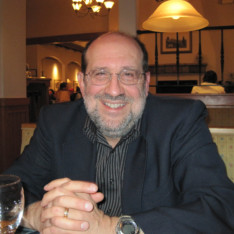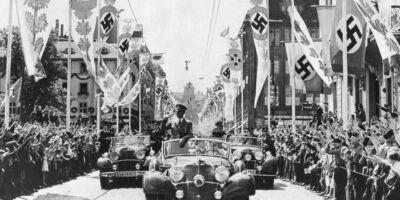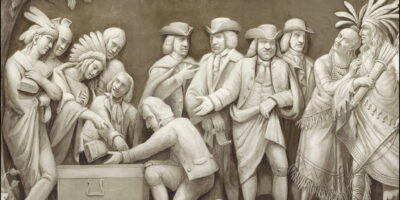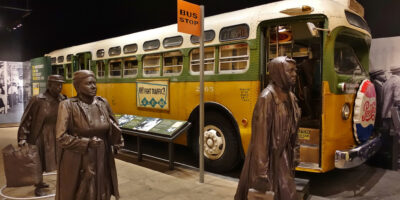Entrepreneur Couney Brought Incubators to the Preemies
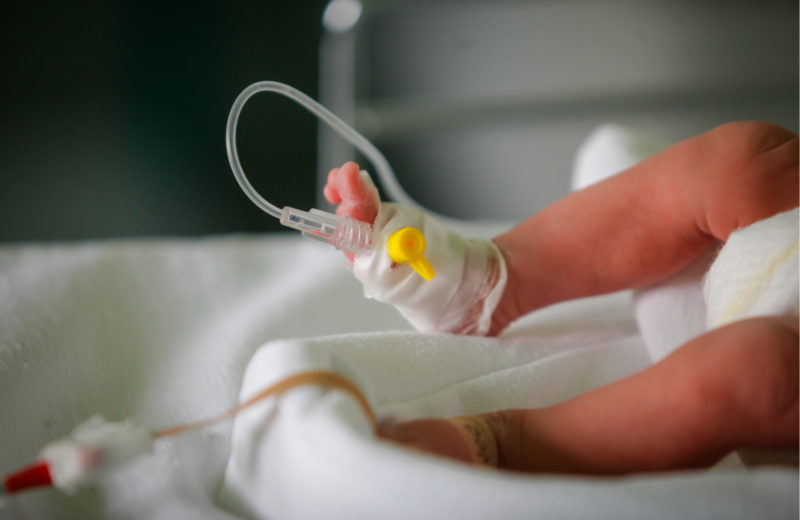
Martin Couney did not invent the premature infant incubator. Stéphane Tarnier probably deserves the most credit for that. What Couney did was to overcome the obstacles that kept incubators from working well and from being widely adopted.
The medical establishment was slow to adopt incubators. Partly this was because many of them embraced eugenics—seeing preemies as “weaklings” whose deaths would strengthen the human race. Partly it was because premature infants were right at the dividing line between the obstetrics and the pediatrics specialties, so no one had clear responsibility for them. Partly it was because the medical establishment was slow to combine the incubators with the complementary human actions that would allow the incubators to succeed.
And probably the biggest obstacle to adoption was that the incubators, and the human actions to complement them, were expensive and hard to fund. Preemies often were born of poor parents who could not afford to pay a doctor much to save their baby.
Martin Couney was the innovative entrepreneur who overcame all these obstacles. Dawn Raffel tells well The Strange Case of Dr. Couney, who died seventy years ago, on March 1, 1950.
We can suspect, but do not know, what the Jewish Martin Couney thought about eugenics, but we know that he often told listeners that many famous people had started out as preemies, including Newton, Voltaire, Rousseau, Napoleon, Darwin, and Victor Hugo. And we know that some of his stations had large signs that proclaimed, “All the world loves a baby.”
What we most know are the innovations Couney made to make incubators effective and commercially viable. He bought the best incubators and hired the best nurses, one of whom developed a difficult technique for feeding the smallest preemies in the nose with a tiny spoon. He hired on-site wet-nurses, understanding that the preemies could digest breast milk better than cow milk. He bought incubators that had windows so visitors could see the infants without coughing on them. He made sure that the facilities were kept spotless, and that the preemies were constantly monitored and were regularly fed, changed, bathed, and hugged.
Martin Couney did all this at a price that poor parents could afford—zero.
He went to Coney Island and to a long string of world’s fairs and set up incubator stations where, for 25 cents, visitors could see tiny miracle babies being saved. The admission fees paid for the preemies’ care; the parents paid nothing.
The incubators were not in the scientific part of the fairs; they were in the rough and risqué midway entertainment part. At the 1933 Chicago Century of Progress, Couney’s incubator station was next to Sally Rand, well-known for her feather dances. (One story has it that when she was arrested for indecent exposure, “she quipped she was wearing more than the babies, so what was all the fuss?”)
Some parents, appalled that their premature infants would be on display in such an environment, refused to take them to Dr. Couney. Their babies almost always died. Other parents, swallowing their pride and remembering what matters most, took their babies to him. Their babies almost always lived.
Many commentators say that what is most important about the story is that Couney had the audacity to claim medical credentials that he probably did not possess. But isn’t it more important that Couney found a way to save over 6,000 lives? And if this is what an uncredentialed entrepreneur can achieve, doesn’t that reflect worse on the mandated credentials than on the entrepreneur?
One of Couney’s early stations was at the 1901 Buffalo World’s Fair. Also on display was an early X-ray machine whose inventor would soon win the first physics Nobel Prize. When an assassin fired two bullets into President McKinley at the Fair, the best surgeon in Buffalo was out of town. The second best was an obstetrician who was only able to find and remove one of the bullets. The X-ray machine on display at the fair might have enabled the surgeon to find the second one. President McKinley died several days later.
The lives of 50 babies were saved at the fair because an innovative entrepreneur had found a way to combine the wonderful infant incubator invention with the human actions needed to make it work. The life of President McKinley was lost at the fair because no innovative entrepreneur had yet found a way to combine the wonderful X-ray machine invention with the human actions to make it work.
Couney’s last new incubator station was at the 1939 New York World’s Fair. Unfortunately for Couney, the organizers of the fair were not well-organized. The midway was built on a marsh and they charged too high an admission fee for a fair during the Great Depression. Attendance was too low for the organizers and the exhibitors to recoup their investments.
Couney’s wife Maye had died during brain surgery in 1936. Her passing had depressed his spirits and also deprived him of her practical advice in the managing and financing of his incubator stations. She was not there to reign in his exuberance in building the New York World’s Fair station, which was designed by top architects and included a private garden. Couney poured much of his personal life savings into building the station and then doubled down as it lost money during the first year. Then he tripled down to keep it open during a second financially disastrous year. By the end of the second year of the Fair, he had spent almost all of his life savings.
But the babies were his mission. After the New York World’s Fair, he limped along operating his Coney Island incubators through the 1943 season. He closed his last incubator after Cornell New York Hospital started New York City’s first incubator facility dedicated to premature infants. Couney is reported to have said ‘my work is done.’ He spent his remaining years in near-poverty, accepting occasional gifts of money from sympathetic friends.
Martin Couney was a “project entrepreneur.” Project entrepreneurs are motivated, not by money for its own sake, nor fame, nor conspicuous consumption, nor victory in winning. Project entrepreneurs want to “make a ding in the universe” (Steve Jobs’s phrase), by bringing their project into the world. Martin Couney’s project was to save premature babies.
Over the decades between the 1890s through the early 1940s, Couney is estimated to have saved over 6,000 babies. It took many decades, but eventually he succeeded in showing the world what could be done.
Now the world has mostly forgotten him. He does not fit well into most narratives of how the world works. But the babies remember. On YouTube you can find a couple of clips in which some of the babies Martin Couney saved, now in their 80s or 90s, thank him for giving them a chance to live.

